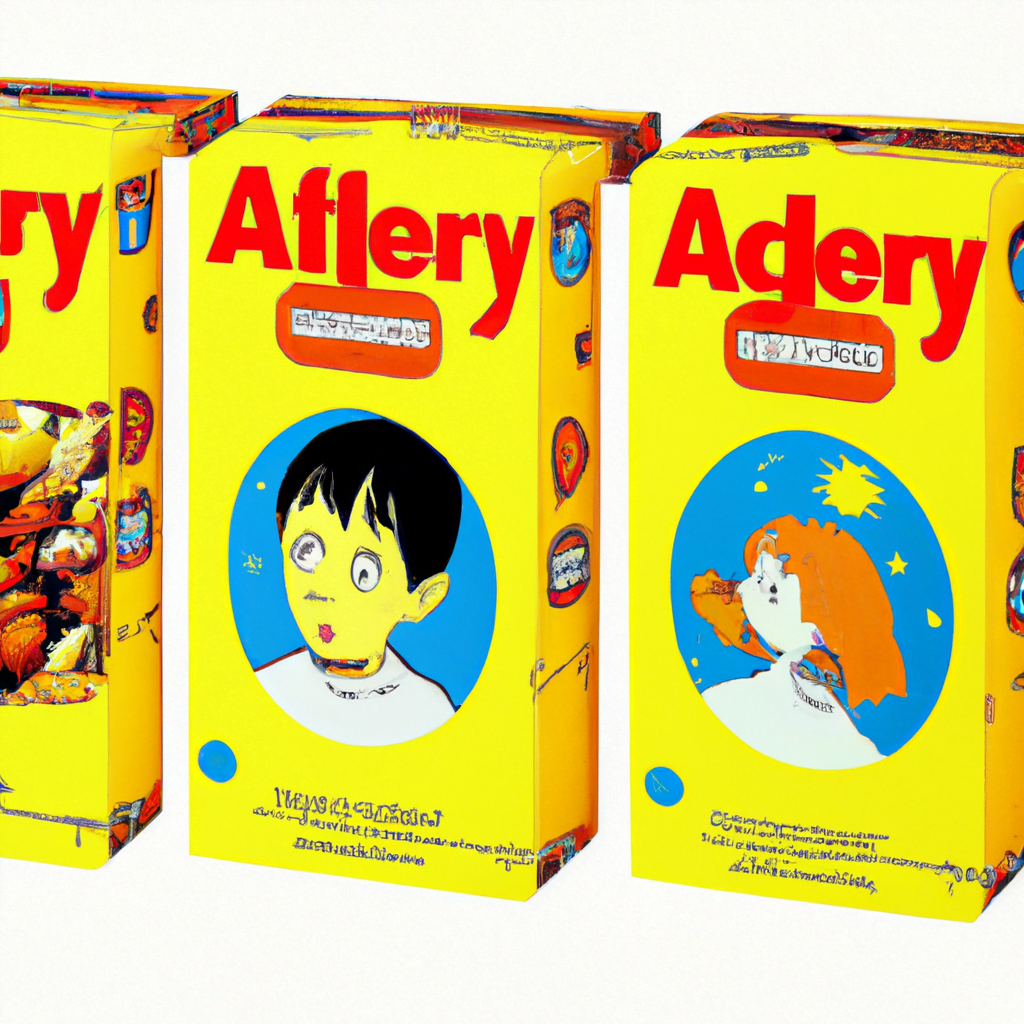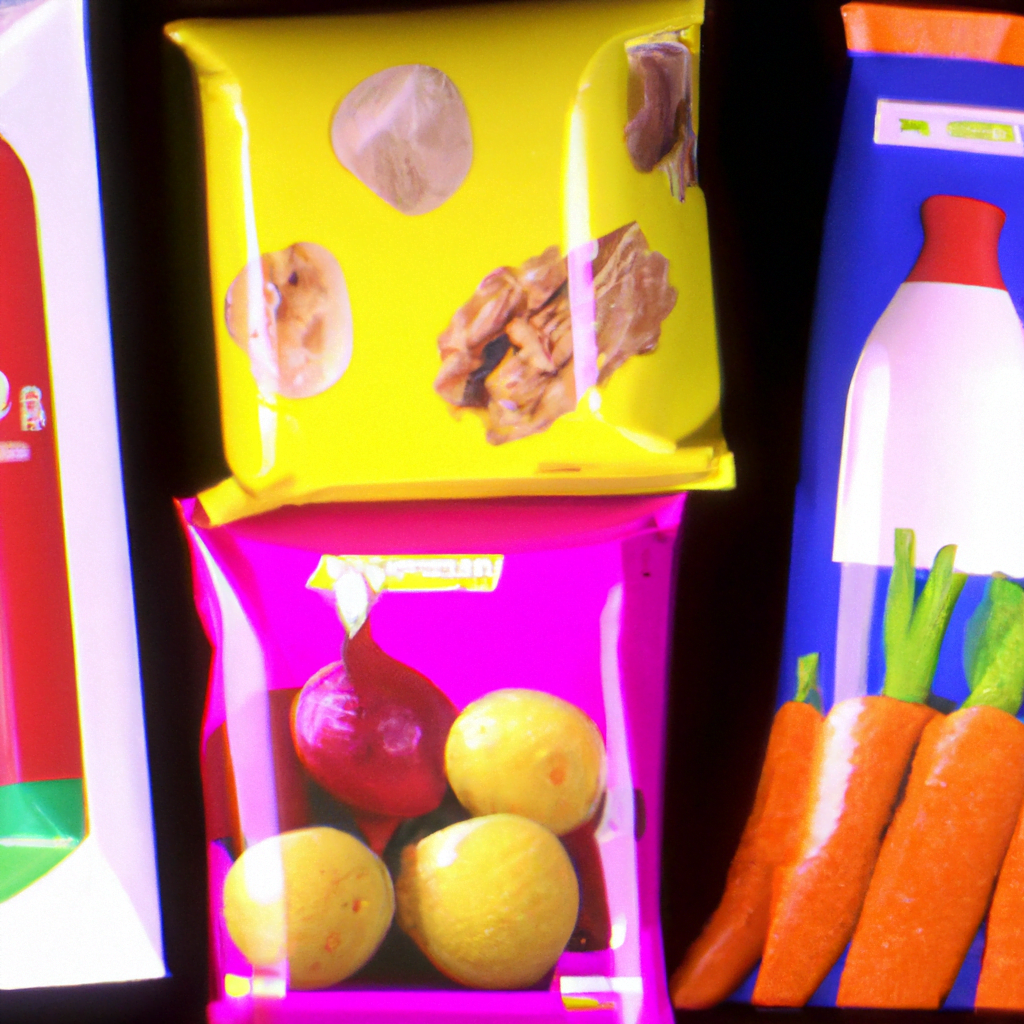
Packaging Design for Allergy-Friendly Foods

Introduction
Food allergies are a growing concern worldwide, affecting millions of people. According to the World Allergy Organization, food allergies affect up to 10% of the global population. The prevalence of food allergies has increased significantly in recent years, and this has led to a rise in demand for allergy-friendly foods. As a result, food manufacturers are now focusing on developing products that cater to people with food allergies. One of the critical aspects of allergy-friendly foods is packaging design. In this article, we will explore the importance of packaging design for allergy-friendly foods and how it can help food manufacturers meet the needs of their customers.
The Importance of Packaging Design for Allergy-Friendly Foods
Packaging design plays a crucial role in the success of allergy-friendly foods. It is the first point of contact between the product and the consumer. The packaging design should be clear, concise, and informative, providing all the necessary information about the product’s ingredients and allergens. The packaging design should also be visually appealing, making the product stand out on the shelves.
Clear and Concise Information
The packaging design for allergy-friendly foods should provide clear and concise information about the product’s ingredients and allergens. This information should be easy to read and understand, even for people with limited literacy skills. The packaging should clearly state what allergens the product contains and what allergens it does not contain. This information should be prominently displayed on the packaging, making it easy for consumers to identify whether the product is suitable for them.
Visual Appeal
The packaging design for allergy-friendly foods should be visually appealing, making the product stand out on the shelves. The packaging should be designed in a way that attracts the attention of consumers and communicates the product’s benefits. The packaging design should be consistent with the brand’s image and values, creating a strong brand identity.
Examples of Packaging Design for Allergy-Friendly Foods
There are several examples of packaging design for allergy-friendly foods that have been successful in the market. Let’s take a look at some of these examples.
Enjoy Life Foods
Enjoy Life Foods is a brand that specializes in allergy-friendly foods. Their packaging design is simple, yet effective. The packaging clearly states what allergens the product does not contain, making it easy for consumers to identify whether the product is suitable for them. The packaging design is consistent with the brand’s image and values, creating a strong brand identity.
FreeYumm
FreeYumm is another brand that specializes in allergy-friendly foods. Their packaging design is visually appealing, making the product stand out on the shelves. The packaging clearly states what allergens the product does not contain, making it easy for consumers to identify whether the product is suitable for them. The packaging design is consistent with the brand’s image and values, creating a strong brand identity.
Case Studies
There are several case studies that demonstrate the importance of packaging design for allergy-friendly foods. Let’s take a look at some of these case studies.
Case Study 1: Nestle
Nestle is a multinational food and beverage company that has been successful in developing allergy-friendly products. Nestle’s packaging design for their allergy-friendly products is clear and concise, providing all the necessary information about the product’s ingredients and allergens. The packaging design is visually appealing, making the product stand out on the shelves. Nestle’s allergy-friendly products have been successful in the market, and the packaging design has played a crucial role in their success.
Case Study 2: Kellogg’s
Kellogg’s is another multinational food and beverage company that has been successful in developing allergy-friendly products. Kellogg’s packaging design for their allergy-friendly products is clear and concise, providing all the necessary information about the product’s ingredients and allergens. The packaging design is visually appealing, making the product stand out on the shelves. Kellogg’s allergy-friendly products have been successful in the market, and the packaging design has played a crucial role in their success.
Statistics
There are several statistics that demonstrate the growing demand for allergy-friendly foods. Let’s take a look at some of these statistics.
- According to a report by Grand View Research, the global allergy-free food market is expected to reach $32.6 billion by 2027.
- According to a report by Food Allergy Research and Education, food allergies affect up to 32 million Americans.
- According to a report by the European Academy of Allergy and Clinical Immunology, food allergies affect up to 8% of children and 4% of adults in Europe.
Conclusion
In conclusion, packaging design plays a crucial role in the success of allergy-friendly foods. The packaging design should be clear, concise, and informative, providing all the necessary information about the product’s ingredients and allergens. The packaging design should also be visually appealing, making the product stand out on the shelves. There are several examples of successful packaging design for allergy-friendly foods, and case studies demonstrate the importance of packaging design in the success of these products. With the growing demand for allergy-friendly foods, packaging design will continue to play a crucial role in the success of these products.
